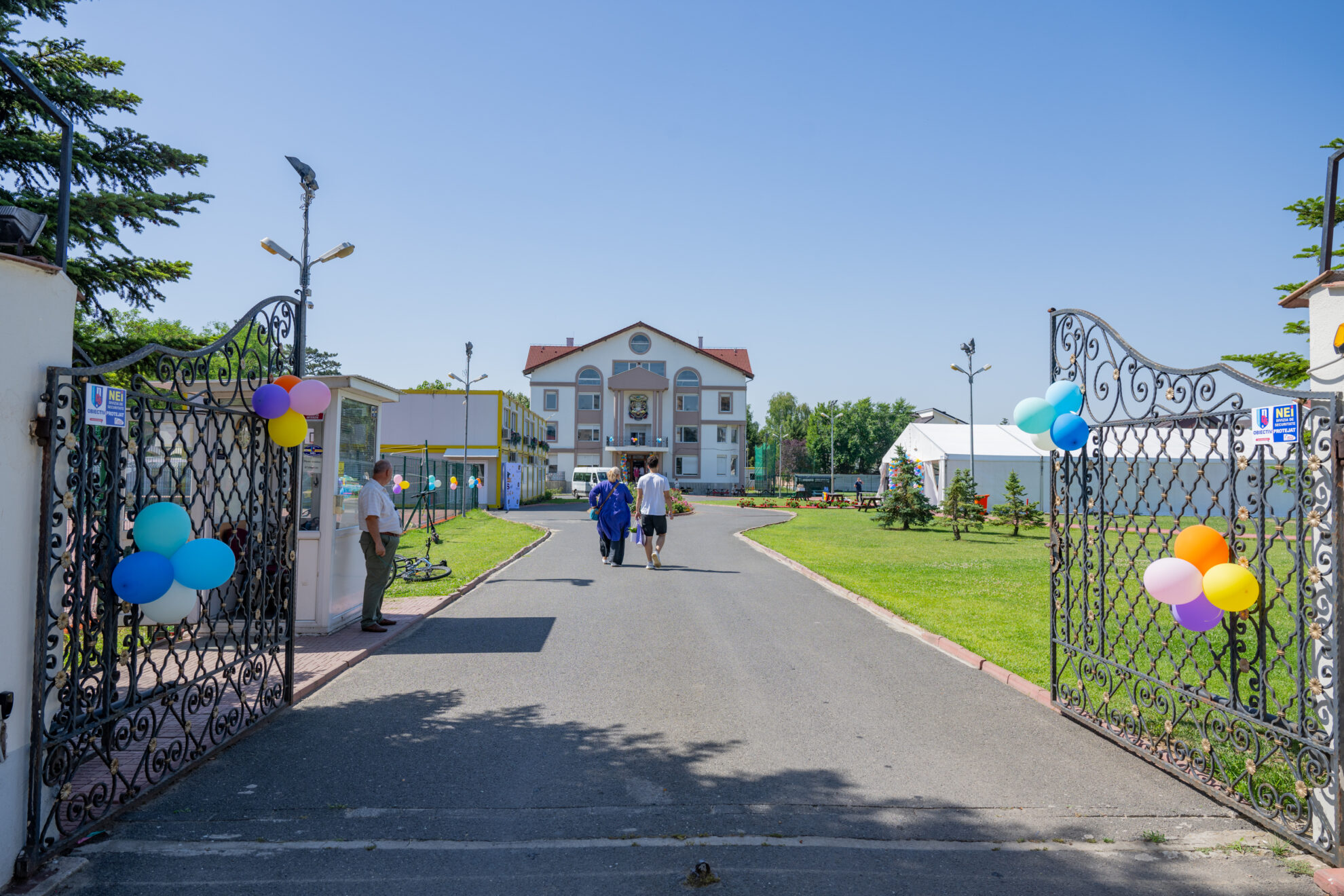Selecting the right private school for your child is a major decision—especially for families moving to or living in Romania. With a growing number of bilingual and international schools offering diverse curricula and teaching philosophies, the options can be overwhelming. To help simplify the process, this article outlines key factors parents should consider when choosing a private school in Romania and how to align their choice with their child's needs and future goals.
Define Your Priorities Early
Before comparing schools, start by identifying your family’s key priorities. These may include:
- Academic rigor and international recognition (e.g., IB, Cambridge)
- Bilingual or English-only instruction
- Small class sizes and individual attention
- Strong arts, sports, or extracurricular programmes
- Emotional development and student wellbeing
- Location and daily commute
A clear set of priorities will help you narrow your options from the start.
Understand the Curriculum Options
Romanian private schools typically offer one or more of the following educational pathways:
- National Curriculum: Taught in Romanian; prepares students for Romanian national exams (e.g., Bacalaureat).
- Bilingual Curriculum: Combines Romanian with English or another language; may include elements of international education.
- International Curriculum: Includes globally recognized programmes like the International Baccalaureate (IB), Cambridge IGCSEs or A-Levels.
If your family is international or considering university abroad, international curricula offer broader global acceptance and preparation.
Evaluate Language of Instruction
Language is a critical component, especially for expat families. In Romania, private schools may offer:
- English as the main language, suitable for international students
- Romanian-English bilingual programmes, ideal for local families or long-term expats
- Multilingual tracks, including German, French, or Spanish
Consider your child's fluency and how well they adapt to language immersion.
Look at Class Sizes and Teacher-to-Student Ratio
Smaller class sizes typically mean more personalized learning and better student engagement. Many private schools in Romania offer:
- Class sizes between 10–20 students
- Tailored learning plans for different skill levels
- Better support for special educational needs (SEN) or gifted learners
This environment can significantly impact your child's motivation and performance
Tour the Campus and Meet the Teachers
Nothing replaces an on-site visit. During your tour:
- Observe classroom dynamics and student engagement
- Assess the quality of the facilities: libraries, labs, sports areas, green spaces
- Speak with teachers and school leadership about academic expectations and student support
- Ask about discipline policies, safety protocols, and values
These in-person interactions often give the clearest insight into the school culture
Review Extracurricular Opportunities
Private schools often offer extensive extracurricular programmes that enrich the student experience. Consider whether the school offers:
- Sports teams and athletic facilities
- Music, drama, and visual arts
- Debate, robotics, coding, or science clubs
- Community service and leadership programmes
Extracurricular involvement contributes to holistic development and is valued in university applications.
Ask About University Preparation and Alumni Outcomes
For older students, it's essential to evaluate how the school supports university admission. Ask questions such as:
- What percentage of students pursue higher education abroad?
- Which universities do graduates attend?
- Is there academic counseling or SAT/IELTS preparation?
Schools with strong track records of international placements often offer comprehensive college prep.
Consider Logistics and Daily Routine
Even the best school may not be the best fit if daily logistics are unmanageable. Think about:
- School start/end times and afterschool care
- Transportation options (bus services, parking availability)
- School calendar and holiday schedule (especially if different from the public system)
A sustainable routine reduces stress and supports consistency.
Transparency, Communication & Parent Involvement
The best schools cultivate strong partnerships with families. Look for:
- Regular parent-teacher communication
- Transparent academic reports and assessments
- Parent involvement opportunities and community events
This ensures that you stay informed and involved in your child’s educational journey.
Financial Considerations
Private education in Romania comes with tuition and additional costs. Consider:
- Annual tuition fees and what’s included (meals, transport, clubs)
- Sibling discounts or financial aid options
- Refund and enrollment policies
Plan ahead for long-term affordability to avoid disruptions in your child’s learning path.
Choosing the right private school in Romania is a personal and strategic decision. Whether your priority is bilingualism, international university access, or a nurturing learning environment, Romania’s private schools offer high-quality options to match a range of goals.
By taking time to evaluate your child’s unique needs and visiting schools in person, you can confidently choose a school where your child will thrive academically, socially, and emotionally.

